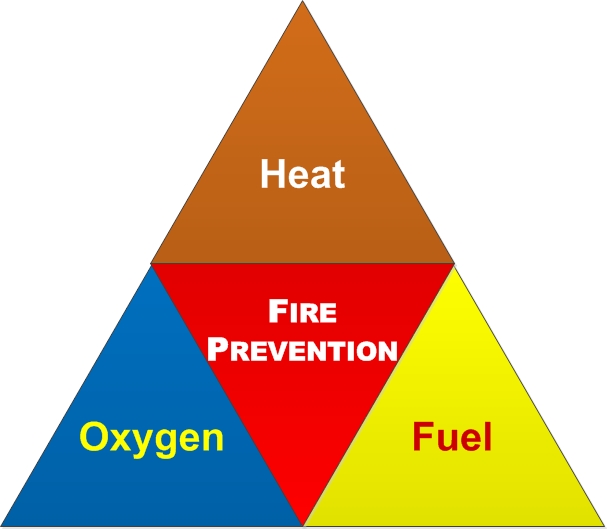The NFPA 704 standard rates compressed oxygen gas as nonhazardous to health, nonflammable and nonreactive, but an oxidizer. Refrigerated liquid oxygen (LOX) is given a health hazard rating of 3 (for increased risk of hyperoxia from condensed vapors, and for hazards common to cryogenic liquids such as frostbite), and all other ratings are the same as the compressed gas form.
Oxygen gas (O2) can be toxic at elevated partial pressures, leading to convulsions and other health problems. Oxygen toxicity usually begins to occur at partial pressures more than 50 kilopascals (kPa), or 2.5 times the normal sea-level O2 partial pressure of about 21 kPa (equal to about 50% oxygen composition at standard pressure). This is not a problem except for patients on mechanical ventilators, since gas supplied through oxygen masks in medical applications is typically composed of only 30%–50% O2 by volume (about 30 kPa at standard pressure). (although this figure also is subject to wide variation, depending on type of mask).

Combustion and other hazards
Highly concentrated sources of oxygen promote rapid combustion. Fire and explosion hazards exist when concentrated oxidants and fuels are brought into close proximity; however, an ignition event, such as heat or a spark, is needed to trigger combustion. Oxygen itself is not the fuel, but the oxidant. Combustion hazards also apply to compounds of oxygen with a high oxidative potential, such as peroxides, chlorates, nitrates, perchlorates, and dichromates because they can donate oxygen to a fire.Concentrated O2 will allow combustion to proceed rapidly and energetically. Steel pipes and storage vessels used to store and transmit both gaseous and liquid oxygen will act as a fuel; and therefore the design and manufacture of O2 systems requires special training to ensure that ignition sources are minimized.The fire that killed the Apollo 1 crew in a launch pad test spread so rapidly because the capsule was pressurized with pure O2 but at slightly more than atmospheric pressure, instead of the 1⁄3 normal pressure that would be used in a mission.
Liquid oxygen spills, if allowed to soak into organic matter, such as wood, petrochemicals, and asphalt can cause these materials to detonate unpredictably on subsequent mechanical impact. As with other cryogenic liquids, on contact with the human body it can cause frostbites to the skin and the eyes.